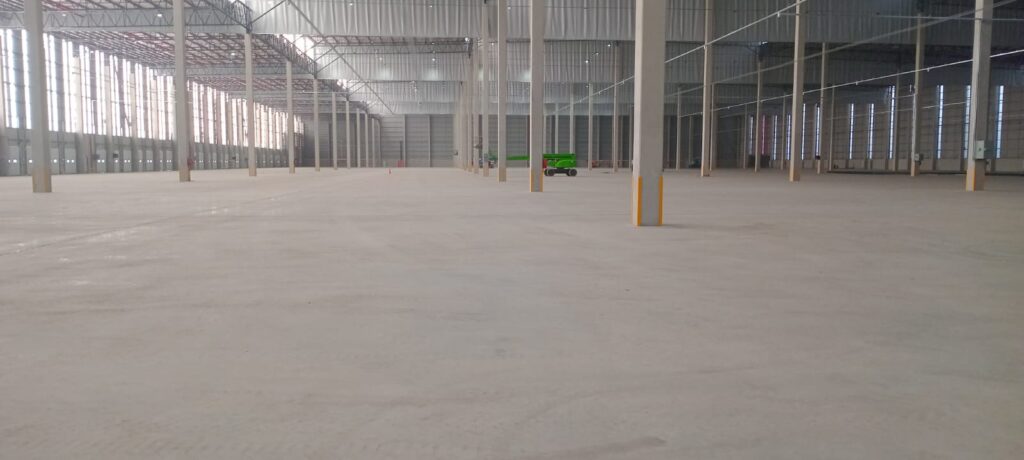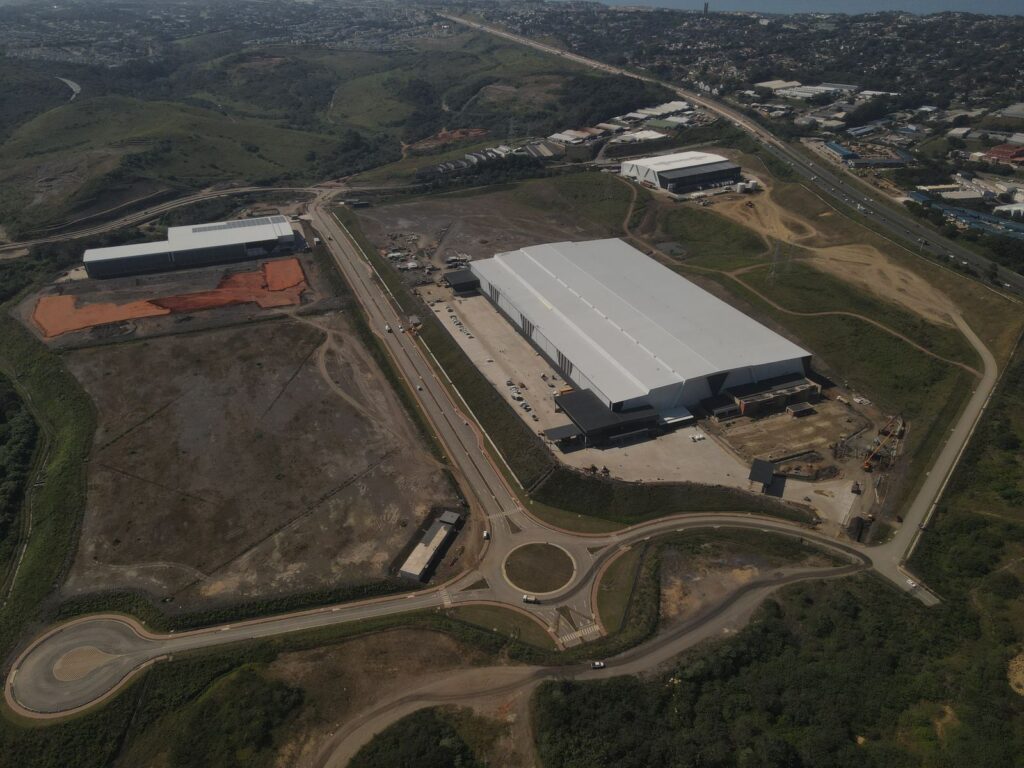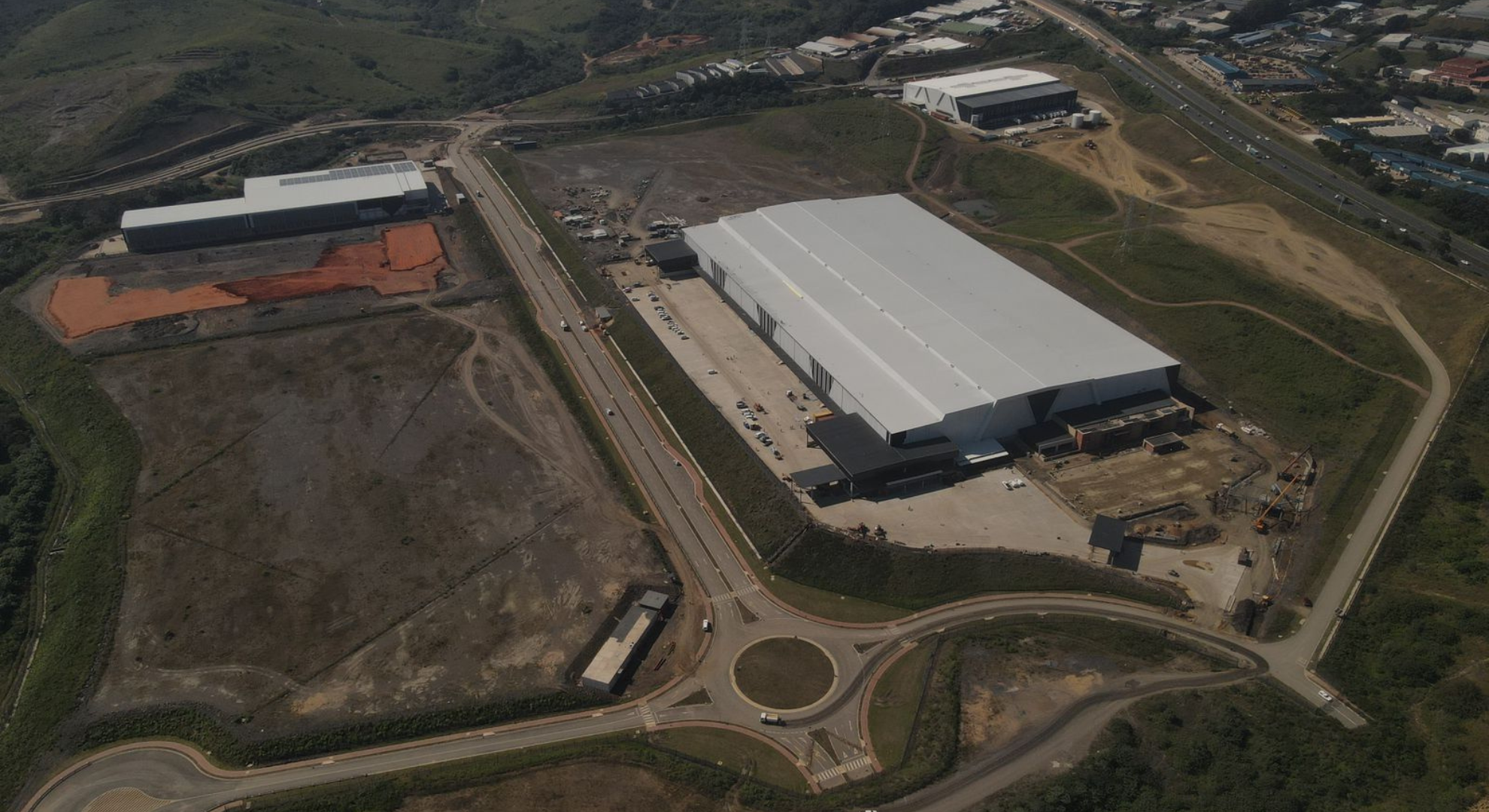As reported by the Business Research Institute at the University of KZN for Q2 2024, business confidence in KwaZulu-Natal is currently surging. Dynamic structural steel company Cousins Steel International (CSI) is strategically positioned to take full advantage of this positive upswing in positive sentiment, and will continue to build on its strong record of delivering the massive warehouses and distribution centres which line the highways into the port city of Durban.
Cousins Steel International (CSI) Director Adam Oldfield, acknowledges that within a short space of time KZN has developed into an important logistics and retail hub featuring substantial investment by private sector retail and logistics companies in warehouses and distribution centres within key developments nodes to the north and south of the city.
“With continued space opening up for development to the north of Durban, due to the recent launch of the Dube TradeZone 2, the upcoming launch of The Brickworks phase 2 and the establishment of logistics hubs inland (pending the development of Transnet’s proposed dry port at Cato Ridge), we expect CSI to have a strong pipeline of work for the next three to five years,” Oldfield says.
Already, the company has a sound track record of successfully delivering iconic logistics and retail structures, including the the Takealot warehouse at The Brickworks in Riverhorse Valley, a major beverage retail warehouse in Phoenix Industrial Park and a number of projects within Dube TradePort Trade Zone 1.
Building an exciting future
Oldfield points out that the majority of CSI’s structural steel project work (tonnage and volume-wise) is currently in the logistics and retail sectors, from consumer goods to food and beverage.
He adds that steel is the ideal material for the construction of large warehouses and distribution centres due to its flexibility, sustainability and faster rate of construction when compared with other materials such as concrete.
He also believes that the port of Durban – Africa’s busiest and largest container port – continues to drive the growth of logistics, despite the widely publicised delays and congestion of recent years. Evidently, while many companies are filling large warehouses to create stockholding buffers against this infamous port congestion, the problem is expected to ultimately right itself, paving the way for future growth.
“We know that the Durban port is a gateway: not only into the rest of the country, but also into the rest of the continent. Hammarsdale and inland development have eased the congestion out of Durban. There is definitely continued movement to the north – both residential and industrial. We know that mini-warehouses and conventional logistics facilities continue to move in this direction,” Oldfield comments.
However, he adds that the larger projects and developments are likely to take shape to the south.
While long-awaited projects such as the automotive supplier park remain entangled in bureaucratic red tape, he says that there is plenty of activity in the South Durban basin – with major investors buying up whole city blocks in ageing industrial areas such as Mobeni and Jacobs, demolishing the dated buildings and replacing them with large new state-of-the-art warehousing.
More efficient use of space
Oldfield admits that there is still a shortage of space close to the Durban port. However, he says that older buildings in Durban’s long-established industrial areas to the south – which were not only unsuitable for modern use but have sometimes been poorly maintained – are now being replaced with structures which are double their height and equipped with high-tech mobile racking. This not only trebles their storage capacity, but enables them to operate far more efficiently.
Given the calibre of projects that are now emerging, Oldfield says that CSI can be more strategic in its selection of projects to minimise potential challenges.
“For example, extensive roadworks on the N3 leading out of Durban currently create significant logistical problems as vehicles delivering steel to site are forced to wait for hours in traffic jams. As a result, it just makes more sense for us to focus on projects which are closer to our base,” he comments.
A strong development trajectory
That being said, CSI also stands to benefit from future projects once the upgraded highways open. Once the Transnet dry port development – with its associated rail infrastructure from the main port – is operational, Oldfield expects a logistics and retail boom heading inland towards Pietermaritzburg.
“There are still areas in and around Durban which are hampered by development bottlenecks. Whether these will continue for two or even five years, we cannot say. However, we firmly believe that the development trajectory will continue – and that more will happen. There is a lot of positive sentiment and potential in KwaZulu-Natal,” he enthuses.
“Currently and moving forward, we are strongly positioned, and are focusing on the construction of the larger warehouses, delivering the high-level quality and client service required on these projects. At the same time, we are also proactively pursuing other avenues, such as exports. As a company, we have a long track record in building structures for export into Africa and internationally. We are very confident about how we are positioned for the future. The sky is the limit!” Oldfield concludes.




